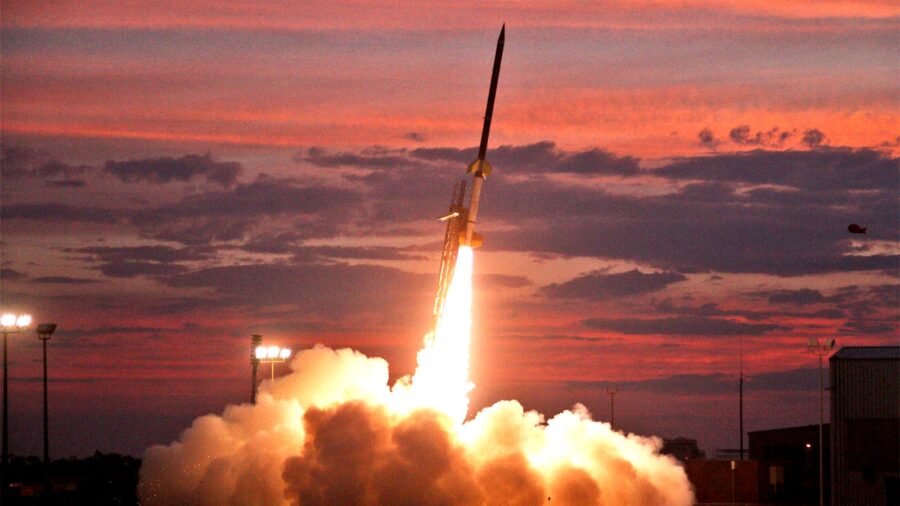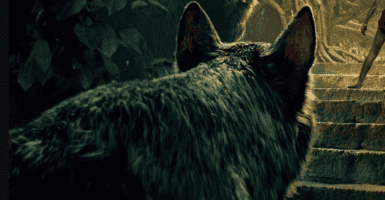Scientists Furious Over Billionaire Sending Ancient Human Fossils Into Space

A Virgin Galactic flight recently made history by being the first space flight ever to bring a pile of human remains outside of the Earth’s atmosphere. According to Nature, a collection of ancient human fossils was sent into space aboard the Virgin Galactic craft the VSS Unity—a move that drew the ire of several archaeologists and paleoanthropologists. Onboard the Unity were three alive passengers and the fossilized bones of two hominins, an ancient relative of humans.
“To treat ancestral remains in such a callous, unethical way — to blast them into space just because you can — there’s no scientific merit in this,”
Robyn Pickering, University of Cape Town
The hominin fossils returned to Earth safe and sound, but that hasn’t stopped many in the scientific community from speaking out against what many see as an unethical publicity stunt. “To treat ancestral remains in such a callous, unethical way — to blast them into space just because you can — there’s no scientific merit in this,” said Robyn Pickering, a geologist at the University of Cape Town in South Africa.

Pickering and other scientists worry that the inclusion of the fossils on the Virgin Galactic flight could have led to the destruction of priceless artifacts for which there are no “backups.”
“Major media partners will assist in using this once in a lifetime opportunity to bring awareness to science, exploration, human origins and South Africa and its role in understanding Humankind’s shared African ancestry.”
Lee Berger
Virgin Galactic’s recent flight wasn’t the first time that fossils have been brought along on space missions. Several other bones, including those of the dinosaur variety, have made their way into outer space thanks to NASA and other Government space programs. None of these previous fossil slights have contained hominin remains, however.
The bones on the Virgin Galactic flight were from two different species: Homo naledi, which lived approximately 250,000 years ago, and the Australopithecus sediba a cousin to modern-day humans from almost 2 million years ago. Both specimens were found near Johannesburg, South Africa, and were only allowed to travel into space with permission from the South African goverment—a fact that calls into question South Africa’s commitment to protecting its cultural heritage, according to Nature.com.
Lee Berger, the palaeanthropologist in charge of the team that discovered the two specimens, was granted a special export permit to take the fossils to Virgin Galactic’s New Mexico spaceport by the South African Heritage Resources Agency (SAHRA) last July.
Pickering has essentially called out Berger’s justifications claiming that they don’t outweigh the risks of losing or damaging the bones during the flight into space.
The bones were carried during the flight by South African businessman Tim Nash. Berger claimed via his application for the permit that his aim in bringing the fossils into space was to use this “once in a lifetime opportunity” to allow “Major media partners” to “bring awareness to science, and exploration” as well as promote South Africa’s role in the origins of the human species.
Meanwhile, Pickering has essentially called out Berger’s justifications claiming that they don’t outweigh the risks of losing or damaging the bones during the flight into space. The Geologist noted that the A. sediba specimen’s shoulder bone was especially valuable due to its status as the first fossil from the species to be discovered and is, therefore, the reference fossil that defines the whole species.
SAHRA official Ben Mwasinga responded to criticism from the scientific community through a statement in which he declared that the agency was “satisfied” that the “promotional benefit” gained from bringing such important fossils into outer space outweighs any risk.
Bernhard Zipfel, a palaeoanthropologist from the University of Witwatersrand in Johannesburg, where the fossils were previously stored, issued a press release in which he stated that these particular fossils were chosen for Virgin Galactic’s space mission in part because they had been extensively documented through 3D scans and photographs.
Rachel King, an archaeologist at the University College London, claims that using the fact that a fossil has been “well documented” as a determining factor as to whether it’s okay to put it at risk sets a dangerous precedent. King took it a step further by asking hypothetically if she were to “document one of South Africa’s World Heritage Sites,” would it then be acceptable to demolish the sight in order to build a shopping center?
Will Virgin Galactic’s fossil flight lead to more old body parts being sent into space, or will the passionate arguments of several voices in the scientific community be enough to dissuade the private space exploration company from taking similar mummified remains and playing Star Trek with them? Only time will tell.












